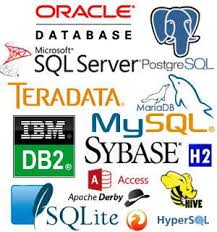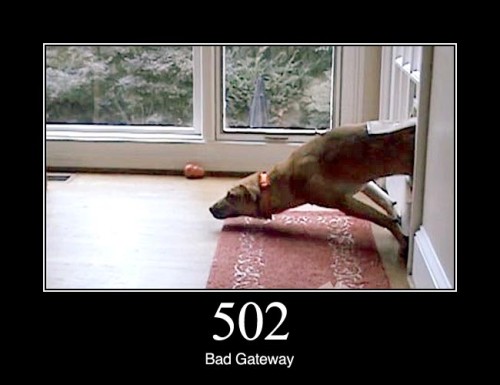ImageMagick is one of my favorite tools ever. I’ve used for years for a whole lot of different things – from simple image resizing, through animation generation, to palette manipulation. And still, I don’t really know it that well, so when I see articles like this – “Efficient Image Resizing With ImageMagick“, I get excited. Not only it gives you a better way of doing things, but it also explains the path of how to get there. From a simple command like:
convert input.jpg -resize 300 output.jpg
to something as advanced as this:
mogrify \ -path OUTPUT_PATH \ -filter Triangle \ -define filter:support=2 \ -thumbnail OUTPUT_WIDTH \ -unsharp 0.25x0.25+8+0.065 \ -dither None \ -posterize 136 \ -quality 82 \ -define jpeg:fancy-upsampling=off \ -define png:compression-filter=5 \ -define png:compression-level=9 \ -define png:compression-strategy=1 \ -define png:exclude-chunk=all \ -interlace none \ -colorspace sRGB \ -strip INPUT_PATH
What’s even more exciting is that it looks like this optimization will make its way into WordPress 4.4, together with some other improvements for the responsive images.
Super cool!

